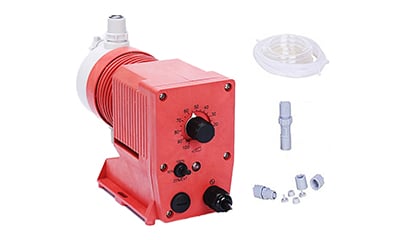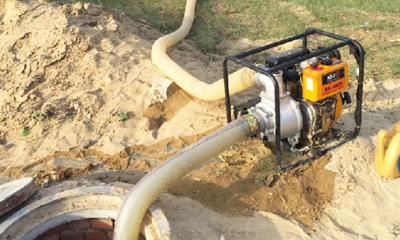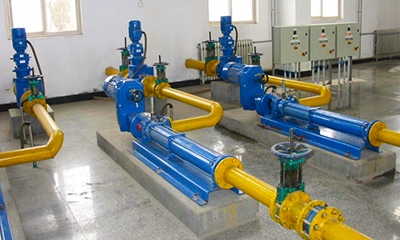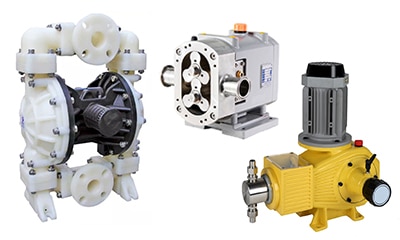Solenoid dosing pump is a form of displacement pump that uses a diaphragm and solenoid assembly to discharge fluid into a discharge line.
The solenoid “actuator” consists of a solenoid and spring assembly that is activated/deactivated by a series of electrical pulses. When the solenoid is activated, the solenoid pushes against the diaphragm, displacing the fluid. When the solenoid is deactivated, the spring mechanism returns the diaphragm, allowing more fluid to enter the chamber from the suction line in preparation for delivery.
The dosing aspect is determined by programming the pump to deliver at a rate. This rate can be set at will by the operator, or it can be set based on an external signal, such as from a sensor probe that measures pH. The pump can then proportionally meter its fluid – in this case, it may meter caustic soda based on the correct acidic effluent.
Some electromagnetic metering pumps also allow variable stroke lengths and stroke rates. This allows very high “regulation ratios”, i.e., very high ratios between maximum and minimum potential flow rates.
Solenoid metering pumps or metering pumps are commonly used in water treatment applications such as cooling towers, boilers and industrial wastewater treatment; however, they are used in many different chemical processes around the world.
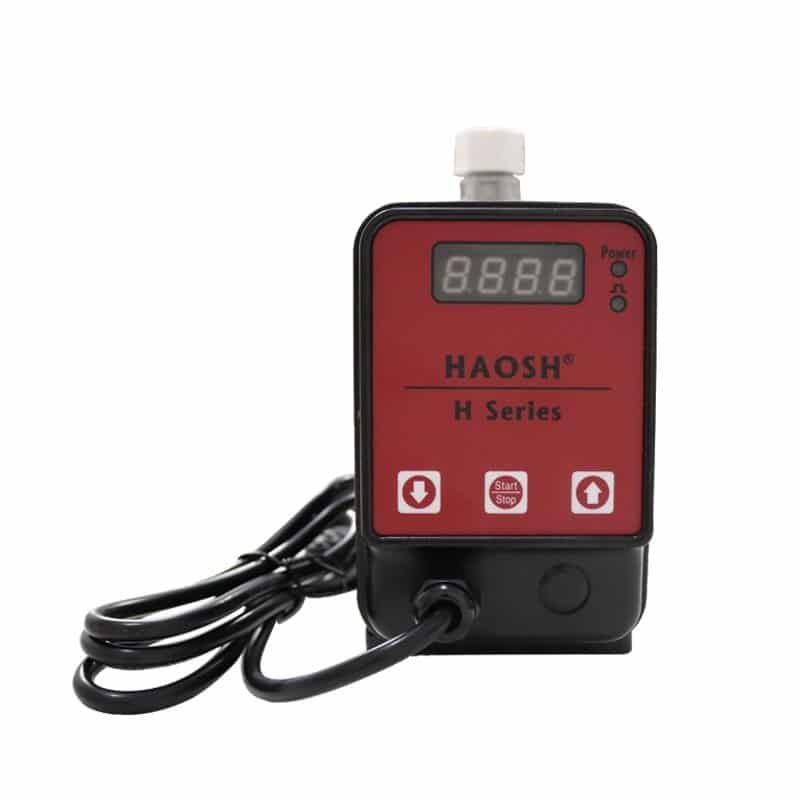
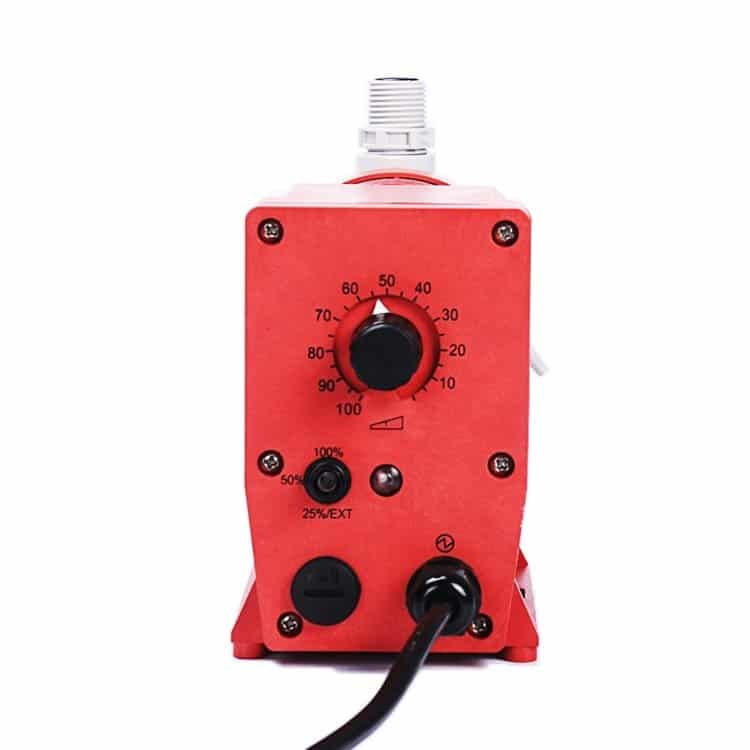
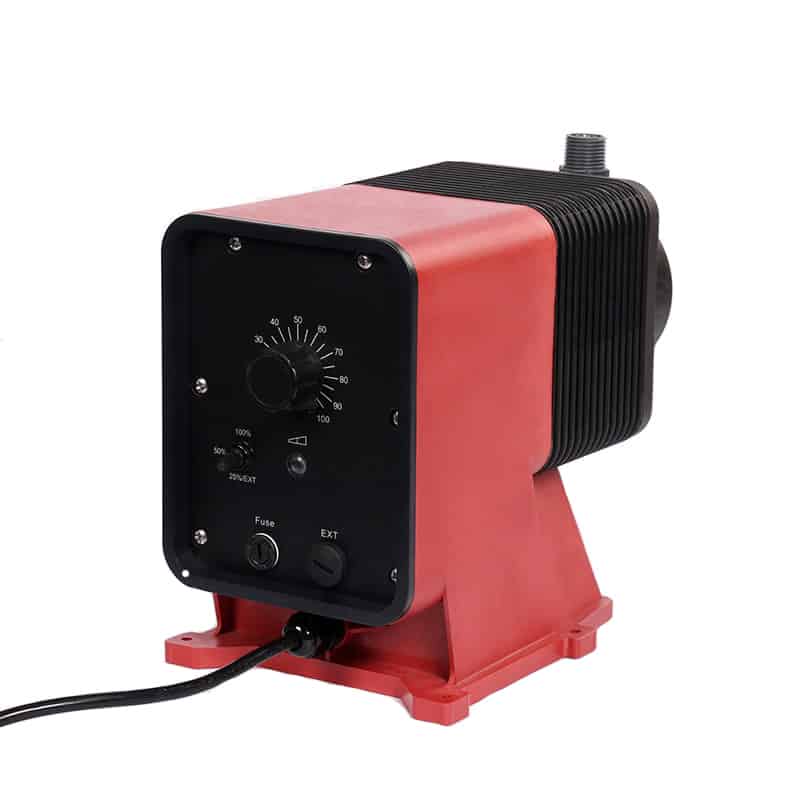
While there are many types of metering pumps, electromagnetically driven positive displacement metering pumps are preferred in chemical feed applications due to their low cost, ease of use, reliability and high accuracy.

